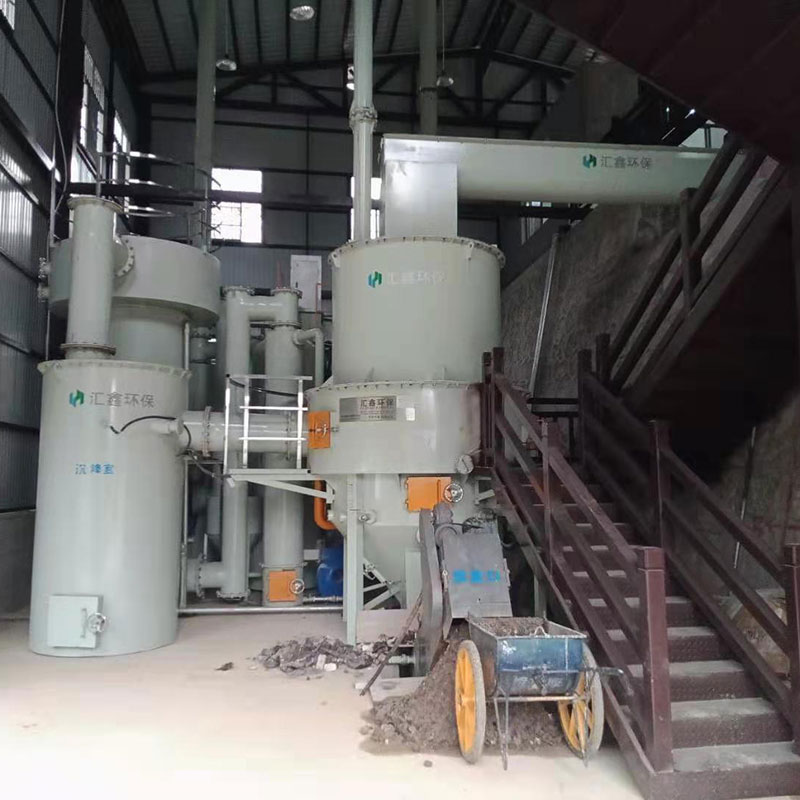Here are key features and considerations related to solid waste incinerators
2023-12-26
A solid waste incinerator is a facility designed to burn various types of solid waste materials through controlled combustion. The primary purpose of solid waste incineration is to reduce the volume of solid waste, minimize the environmental impact of waste disposal, and, in some cases, recover energy from the incineration process. Here are key features and considerations related to solid waste incinerators:
1. Combustion Process:
- Controlled Burning: Solid waste incinerators use controlled combustion to burn solid waste materials, including municipal solid waste (MSW), industrial waste, medical waste, and more.
2. Energy Recovery:
- Heat Generation: The incineration process generates heat, which can be harnessed to produce steam and drive turbines for electricity generation. This energy recovery aspect enhances the economic viability of waste incineration.
3. Types of Solid Waste Incinerators:
- Mass Burn Incinerators: Designed to burn unsorted MSW directly.
- Refuse-Derived Fuel (RDF) Incinerators: Burn waste that has been preprocessed to remove recyclables, producing a fuel known as RDF.
4. Emission Control Systems:
- Air Pollution Control: Solid waste incinerators are equipped with emission control systems to minimize the release of pollutants into the air. These systems may include scrubbers, baghouses, electrostatic precipitators, and selective catalytic reduction (SCR) systems.
5. Waste Sorting:
- Preprocessing: Some facilities may implement waste sorting processes before incineration to remove recyclable materials and hazardous waste. This helps maximize resource recovery and minimize environmental impacts.
6. Ash Management:
- Ash Disposal: After the incineration process, the remaining material is ash. Proper disposal and management of the ash are essential to prevent environmental contamination.
7. Public Perception:
- Community Engagement: Solid waste incinerators may face public scrutiny, and community engagement is crucial to address concerns related to air quality, health impacts, and overall environmental consequences.
8. Regulatory Compliance:
- Environmental Regulations: Solid waste incinerators must comply with environmental regulations at local, regional, and national levels. Compliance ensures that emissions meet acceptable standards.
9. Monitoring and Reporting:
- Emission Monitoring: Continuous monitoring of emissions is typically required, and facilities must regularly report their data to regulatory authorities.
10. Waste Reduction Strategies:
- Integrated Waste Management: Solid waste incineration is often part of an integrated waste management strategy that includes waste reduction, recycling, and composting.
11. Resource Recovery:
- Metal Reclamation: Some incinerators include systems for recovering metals from the ash, contributing to resource recovery efforts.
12. Public Health and Safety:
- Stringent Protocols: Facilities must adhere to stringent health and safety protocols to protect workers and nearby communities from potential hazards.
It's important to note that while solid waste incineration can contribute to waste management and energy recovery goals, it is not without challenges. Environmental concerns, public perception, and the need for comprehensive waste management strategies that prioritize waste reduction and recycling are critical considerations in the implementation of solid waste incinerators. Advances in technology continue to improve the efficiency and environmental performance of waste incineration processes.



